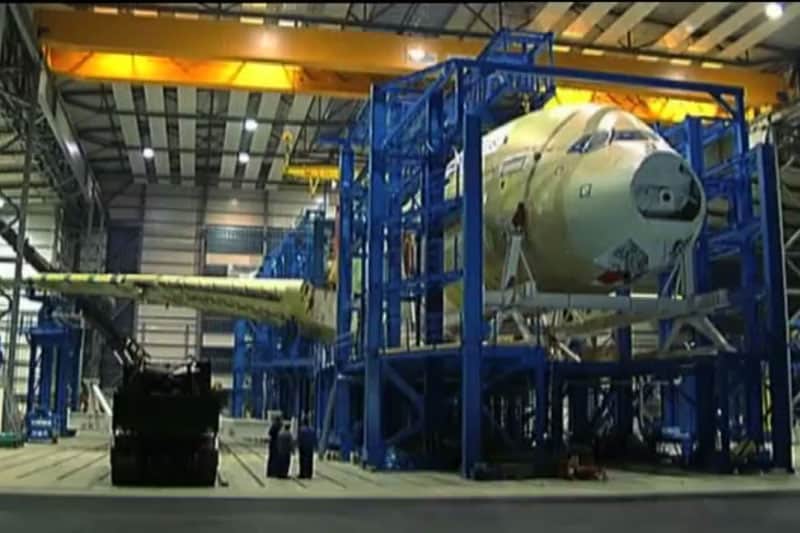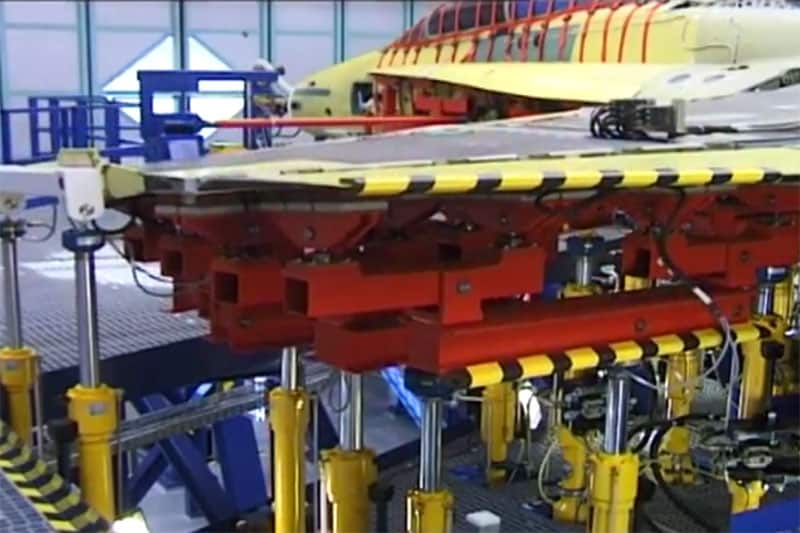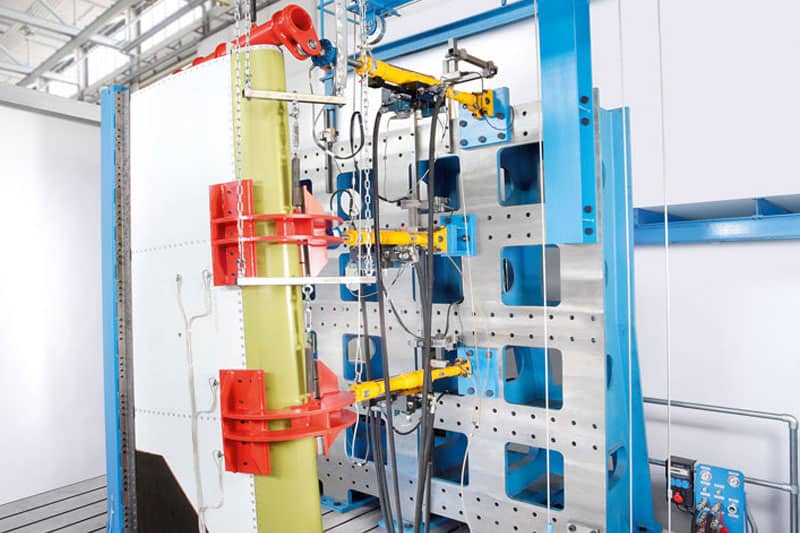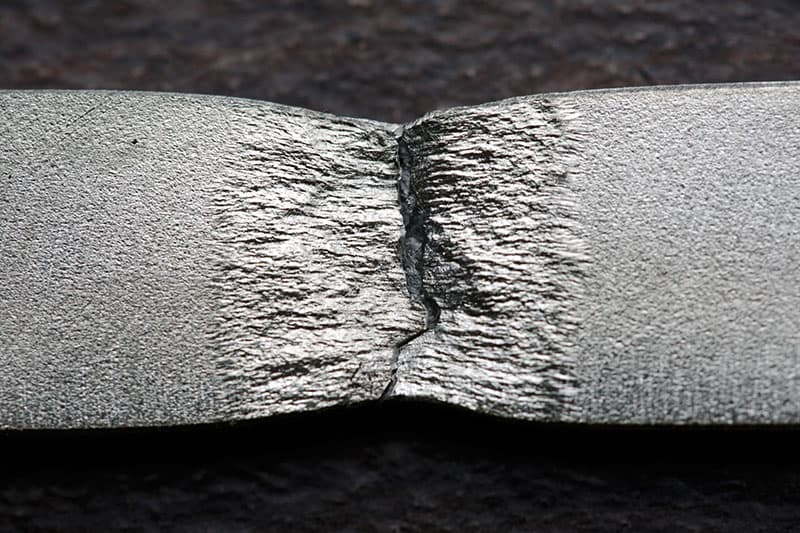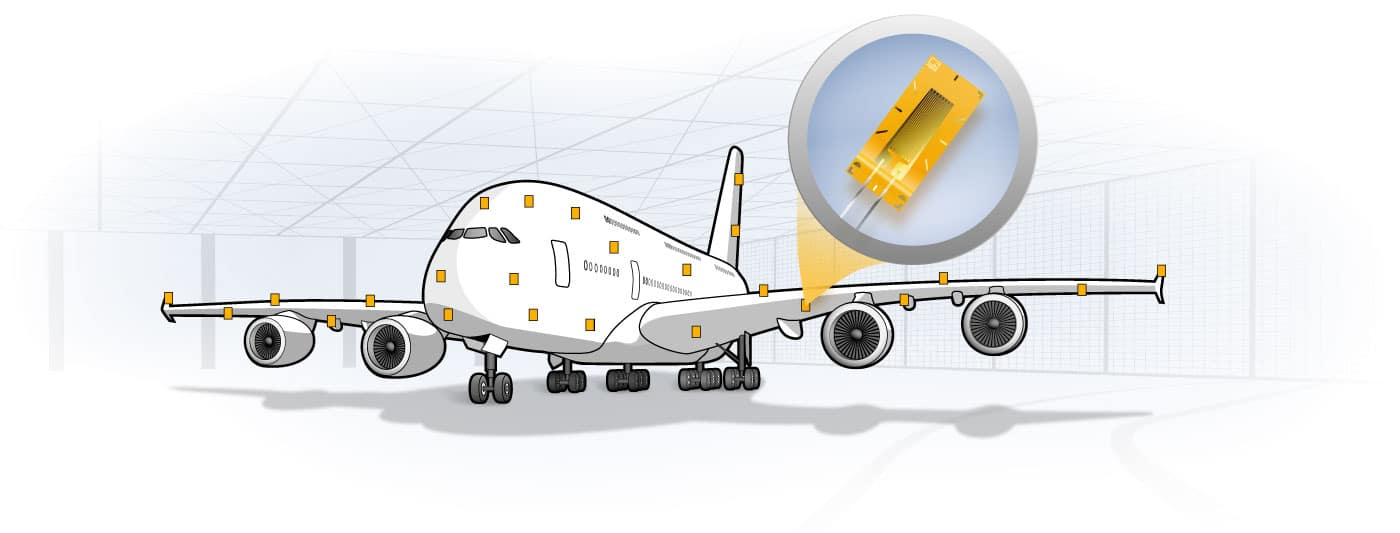Testing of Aircraft Structures
Before the aircraft takes off for the first time, the expected loads of different operating situations are tested in the stand. The aim is to know exactly how the aircraft structure will behave in different situations. Any design flaws must be discovered during these tests to ensure maximum safety in operation.
Aircraft fatigue testing encompasses several specific applications:
- Material testing: Fatigue testing of material coupons
- Component testing: Durability tests of isolated aircraft components like wings, doors etc. with up to hundreds of measurement channels
- Full-scale testing: Fatigue tests of the whole aircraft structure and ultimate load test, usually with thousands of measurement channels, mostly strain gauges
